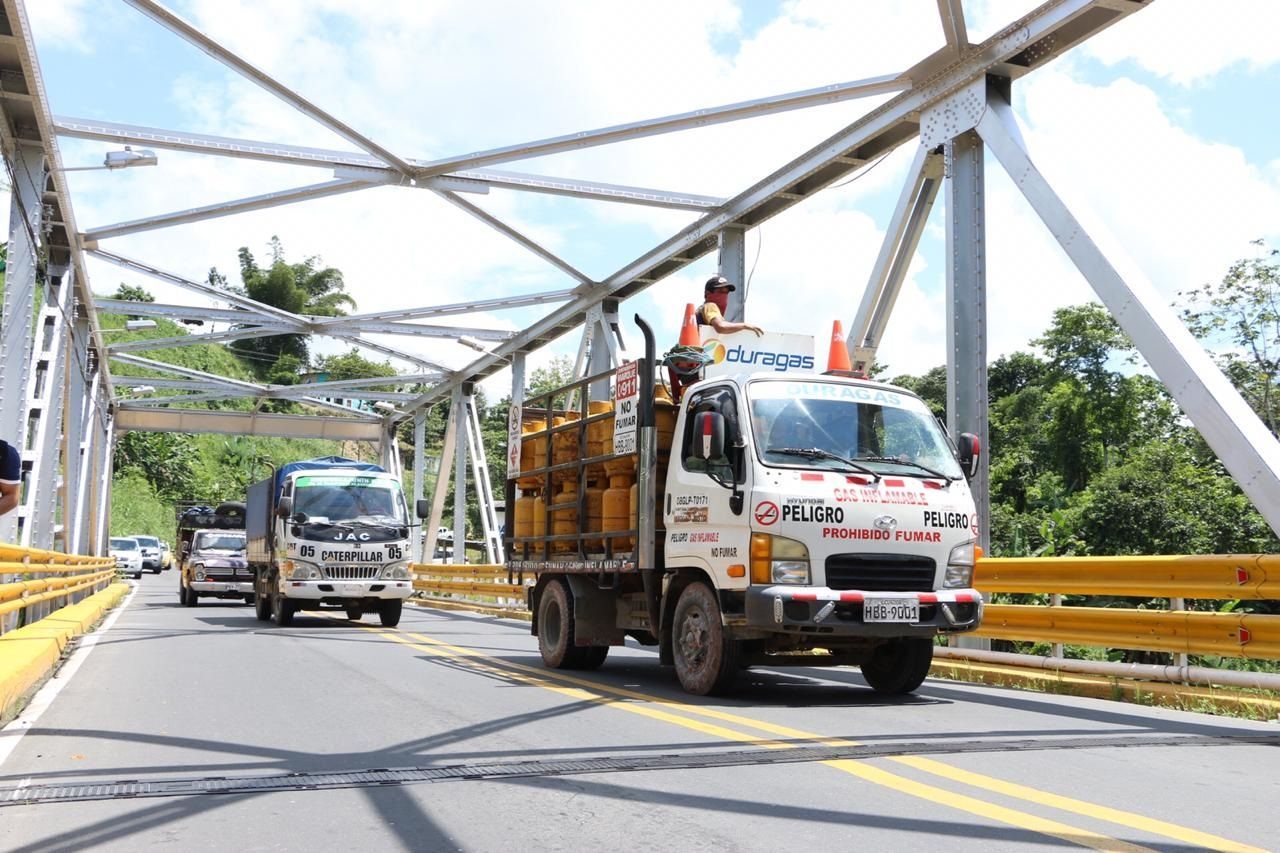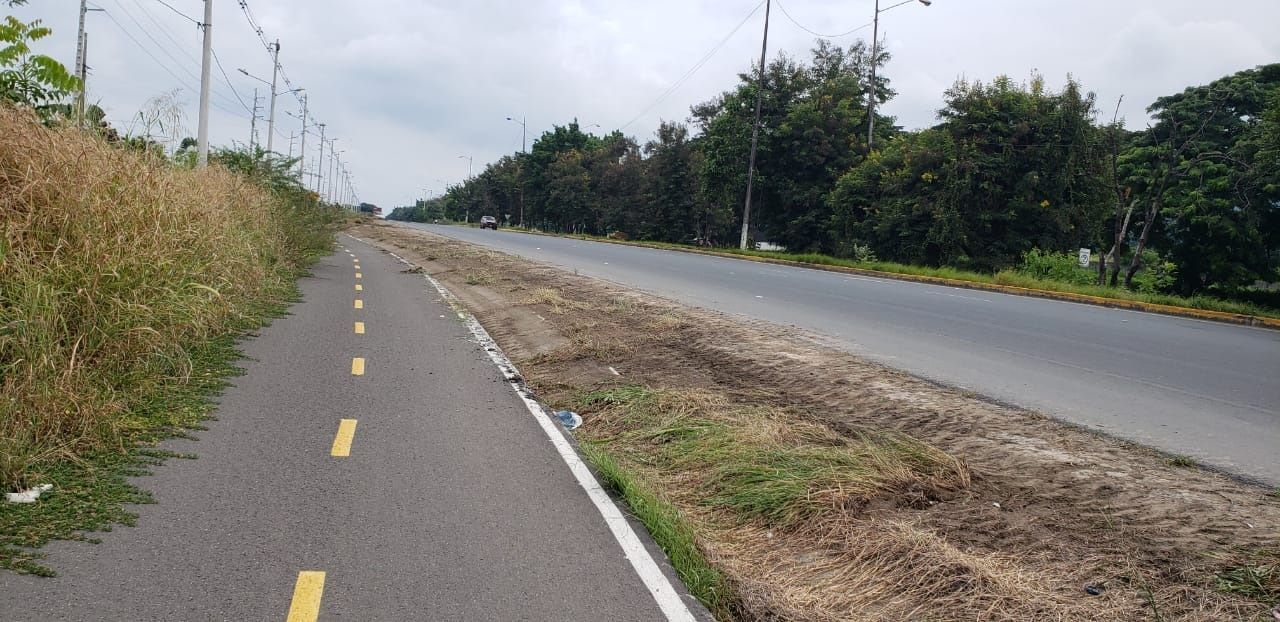Carla Arellano, Ecuador's Undersecretary of Transport and Railways: “COVID-19 has put public transport and mobility systems at risk due to citizens' fear of crowding”.
Containment of social mobility is one of the key measures to address the COVID-19 pandemic worldwide and Ecuador is one of the many countries that is working extensively to address this sector. How has the Ministry of Transport and Public Works been working?
Carla Arellano, Undersecretary of Land and Railway Transport of the Ministry of Transport and Public Works of Ecuador (MTOP), explains about the efforts and actions for mobility, from the movement of people to the transport of tourists and goods. In addition, she points out that sustainable mobility is a cross-cutting issue for which there is hope after this health emergency.
We shared the interview with Undersecretary Arellano, who works on urban and mobility planning in cities with a green, equitable and technological vision for Ecuador.

What have been the contingency measures that the Ministry of Transport implemented during the health emergency?
The Ministry of Transport and Public Works of Ecuador, within its competence, has worked on a series of actions to address the health emergency we are currently experiencing. Among these is the activation of a series of protocols for immediate action, such as the procedure for border care centres, where continuity in international cargo transport has been coordinated and guaranteed.
On the other hand, work was done on the development of a protocol for logistic corridors. These in order to guarantee the supply of essential goods throughout the country, as well as to ensure that our country's exports are not paralysed on land and waterways. Along the corridors, rest areas, gas stations with their authorised services, vehicle disinfection points and feeding points, among others, have been identified. These corridors have checkpoints with assistance from the National Police, the Armed Forces and the Ecuadorian Traffic Commission, which are competent control entities for ensuring compliance with the respective protocols and providing greater security for transporters along these corridors.
What are the medium- and long-term prospects you foresee arising from this crisis?
The National Emergency Operations Committee (COE) has established a traffic light strategy by province and canton based on infection data. With regard to medium- and long-term perspectives and solutions, the MTOP has worked on a series of protocols for the different modes of transport in order to have guidelines for each type of traffic light in each city, either to reactivate services or to upgrade them.
Different actions are proposed for implementation depending on the colour of the traffic light in each city. As long as we stay in red the measures will be more restrictive, and in green the restrictions will be less, always observing parameters of biosafety for the driver and his assistant, as well as for the users.
This Ministry aims to promote the implementation of sustainable urban mobility guided to motivate walking and cycling for short and medium trips; and the use of public transport for long trips. This is an integral measure for the reactivation of cities, always with the respective precautions and complying with biosafety protocols.

How can we adapt transport management and mobility systems in general for the future?
The current situation in cities due to the COVID-19 Emergency has put public transport systems and mobility systems at risk due to citizens' fear of crowding and possible infection of transport users and operators. Before COVID, 77% of the population in Ecuador used public transport to get around, whether in urban areas, suburban areas or between provinces. With the emergency, current mobility is almost non-existent.
During the new post-COVID normality, confidence in the use of these public transport systems should return. The current operation of these systems, which are mostly private operations, must reinvent their management models and planning with respect to contingency plans, reducing operating costs and ensuring minimum levels of service quality. This in order to take care of the migration of the population towards other transport alternatives.
In parallel, cities should enhance urban planning around transport systems, and include the integration of walking and cycling in these systems. The situation we are currently experiencing must serve as a basis for integrated land use planning, quality of public space and ensuring accessibility for people.
None of this can be achieved if we do not work integrally, that is, combining work schedules with public transportation to avoid peak hours; ensuring the safety of pedestrians so that more and more people walk to their daily tasks; implementing bicycle paths and actions for safe bicycle use; in general, changing the current vision of only facilitating private vehicle movement, leaving other road actors aside.
Learn more about the EUROCLIMA+ project "Updating the Transport and Mobility Master Plan of Ambato Canton, Ecuador" at this link.
Professional profile
Carla Arellano is an architect. She has 10 years of experience in public space design, mobility planning and transport. She leads multidisciplinary teams for the management of financially sustainable transport infrastructure and public space projects, with a green, equitable and technological vision. Currently she works as Undersecretary of Land and Railroad Transportation at the Ministry of Transportation and Public Works in Ecuador.
For more information:
This email address is being protected from spambots. You need JavaScript enabled to view it.
www.euroclimaplus.org
